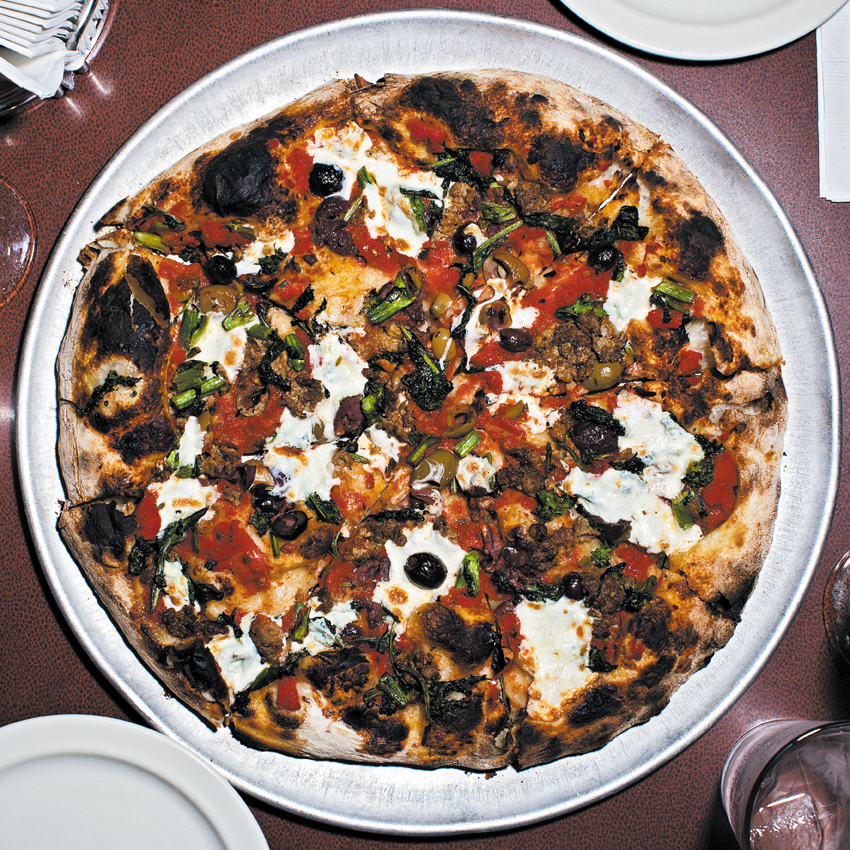

Recipe: Whole Wheat Pizza Dough (Makes 1 Pizza) In 2009, the Naples neapolitan pizza became recognized by being added to the UNESCO Intangible Cultural Heritage list. No matter where you eat it, pizza is well loved as a savory, cheesy meal any time of day. Canada also welcomed the pizza and created their own signature dish by adding bacon and mushrooms on top. It was embraced in the United States, where it inspired new styles: the deep-dish Chicago pizza and the thin-crusted New York pizza. Pizza eventually made its way to North America. Raffaele named his creation after the Queen by calling it the Pizza Margherita. Raffaele made three different kinds of pizza, but Queen Margherita di Savoia’s favorite was the one topped with the colors of the Italian flag: mozzarella, basil, and tomatoes. In 1889, renowned pizza maker Raffaele Esposito was summoned to the home of Umberto I, the King of Italy, to make his specialities for the royal couple to taste during a holiday in Naples. Soon, it could be found on every street and was even eaten by kings and queens. Naples became a popular tourist destination for visitors who wanted to try the tasty peasant’s dish. The people of Naples were the first to add tomatoes to their dough and create the first pizza-like meal.įrom there, pizza took off. Even then, many people thought tomatoes were poisonous, so only the poorest used tomatoes to make dishes with. It wasn’t until 1522 that Italians would gain access to tomatoes from the New World as cooking ingredients. The very first documentation of the word pizza was in 997 in Gaeta, Italy, though it wasn’t like the pie we know today. Early inhabitants of the Mediterranean baked a thin flat bread topped with cheese, dates, olive oil, herbs, or honey on flat stones. While most people are familiar with eating a fresh, cheesy slice of pizza, not many know that the earliest incarnations of pizza look very different from today. Greetings! Today, we’re going to be talking about one of the most beloved breads out there: pizza! Episode #9 of the course Introduction to bread making by Alice Morgan


 0 kommentar(er)
0 kommentar(er)
